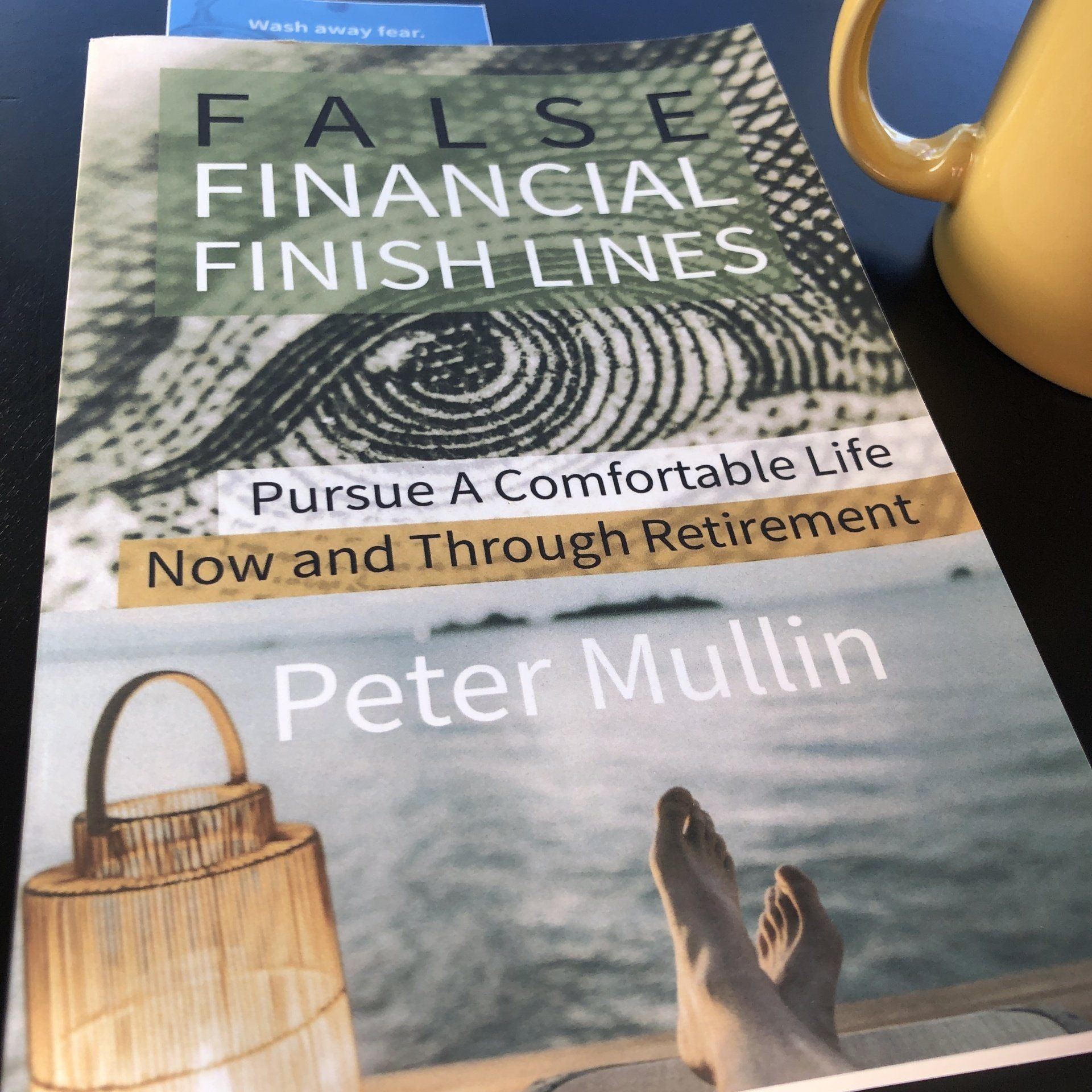Invest in 5G - Faster. Connected.
Invest in 5G - Faster. Connected.
5G is a technology sub-sector that I am very interested in.
If you have a cellphone, the chances are good that you are using 4G or your home wifi.
So what is 5G? It refers to the speed that data can move between devices - specifically wireless phones and gadgets. It will make 4G feel like dial-up internet of the ’9as.
5G will change the data-transit system like we haven’t seen before.
This blog that you loaded on your computer or phone probably took you 2-3 seconds to load. Snap your finger. That’s how fast 5G can load a webpage.
The WSJ shares that full songs will download to your phone in seconds, rather than minutes.
Imagine the possibilities.
There are plenty of services, technologies, and gadgets that can benefit from faster connections.
There’s competition already about who was (or will be) first. Phone carriers are already stating they have 5G capabilities.
According to the WSJ, most of the USA will not be able to experience 5G speeds just yet. The service is likely going to roll out as high-speed internet has historically. Large metropolitan areas will come first.
This is what makes the prospect of 5G as an investment concept exciting. This is likely not a flash-in-the-pan idea.
5G infrastructure like cell towers and the gadgets we use will require upgrades. The widgets inside of devices will need updates and changes.
Imagine streaming services and the users' wireless experience. I feel a demand for more data. Perhaps carriers will benefit as we learn to satiate our need for speed when we are outside our Wi-Fi networks.
I see TV providers moving more and more to delivery via the internet and streaming models. Bye-bye cable.
And I know. Do we need all of this speed?
Ask the hospital that has your records and connects to a complicated network. Ask the factory that is straining to keep up. Ask your phone carrier. Look at your own phone bill and data usage. Are you using more or less data than you did last year?
If you need a break, then turn your phone off and head out to the great outdoors. Reliable speed and connectivity will be waiting to greet you when you get home.
Learn How You Can Invest in 5G >>
Peter Mullin is an independent financial advisor registered through LPL Financial. He lives in Rogers, MN with his family. He was born and raised in St. Cloud, MN.
The opinions voiced in this material are for general information only and are not intended to provide specific advice or recommendations for any individual.
- Mullin's take on the "4% Retirement Rule"
- Navigate "Bad Portfolio Weather"
- Tips to Optimize Social Security







Articles and Assets
What are your Priorities?
Well it’s the end of the year. I just searched on Google for “market outlook 2018.” I came up with a little over 58-million “results.”
So should you be investing in stocks in 2018? The quick answer: It’s likely a prudent part of your portfolio. But it depends on your circumstances, right?
It’s apparently popular to throw your hat in the ring.
A mantra that you hear among disciplined professionals is to “stay the course.”
Then you hear “sell high, buy low.”
Who’s right?
The relief of a disciplined strategy is that it can be tailored to you. And tailor we think you should.
Yes, it’s possible that an investor may not utilize stocks in their portfolio at all. Or you may decide to go “all in” with a diversified stock portfolio.
(Side effects from tailoring a strategy may include increased confidence & persistence, apathy toward daily market reports, and increased focus on what really matters.)
Let’s begin with the “Why” of investing for you. Then you can request 15-minutes on the phone discuss your “how.”
So “Why Should You Invest”
Life changes and our “why” of investing ought to transform with life. Some invest for sport – they like the risk/reward of investing – they’re in it for the thrill. I don’t hang with this crowd.
Most of us ought to invest for things we want. Our money & our goals are serious. By investing in a diversified portfolio we can pursue things we want.
1. Living A Comfortable Retirement: Retirement is a noun. It’s up to you to really design and live a retirement that reflects you.
2. Purchasing a Home: Home is a place to live. It can take a down payment.
3. Passing an Inheritance on to Family:
4. Student Loan Shield: This idea is important for many Millennial graduates. Student loans can dominate your budget. But instead of accelerating those payments, what if you paid your required payments, and then invested the additional money that you were going to pay against your loan balance?
5. Emergency Reserves: You probably have read that it’s prudent to keep a relative healthy amount of cash in your checking/savings. Once you’ve achieved that, then you can consider investing additional funds. Go a step further and consider a non-retirement account for you and your house. You can spend this on cars, vacations or use it just as described in #4.
The Dow Jones has seen positive results, so far, in 2017. It’s unusual and sort of uncomfortable as the independent financial advisor. Why is it uncomfortable?
What would sting & linger longer? Finding $20 in the parking lot? Or finding a $20 parking fine on your windshield?
We’ve been finding a lot of metaphorical “$20’s” (i.e. “positive results”) in our portfolios this year. So the second we find a parking fine (or a few in a row) we’ll be sure to ask if stocks are still the right place to park our money.
Complacency can work against us, Dear Clients. Just keep recalling your long-haul strategy and your “why” of investing.
***
Peter Mullin is an independent financial advisor registered through LPL Financial. He lives in Rogers, MN with his family. He was born and raised in St. Cloud, MN. Mullin Wealth Management is located in Waite Park, MN.
The opinions voiced in this material are for general information only and are not intended to provide specific advice or recommendations for any individual.
Investing involves risk including loss of principal.
There is no guarantee that a diversified portfolio will enhance overall returns or outperform a non-diversified portfolio. Diversification does not protect against market risk.
All performance referenced is historical and is no guarantee of future results.
All indices are unmanaged and may not be invested into directly. No strategy assures success or protects against loss.







